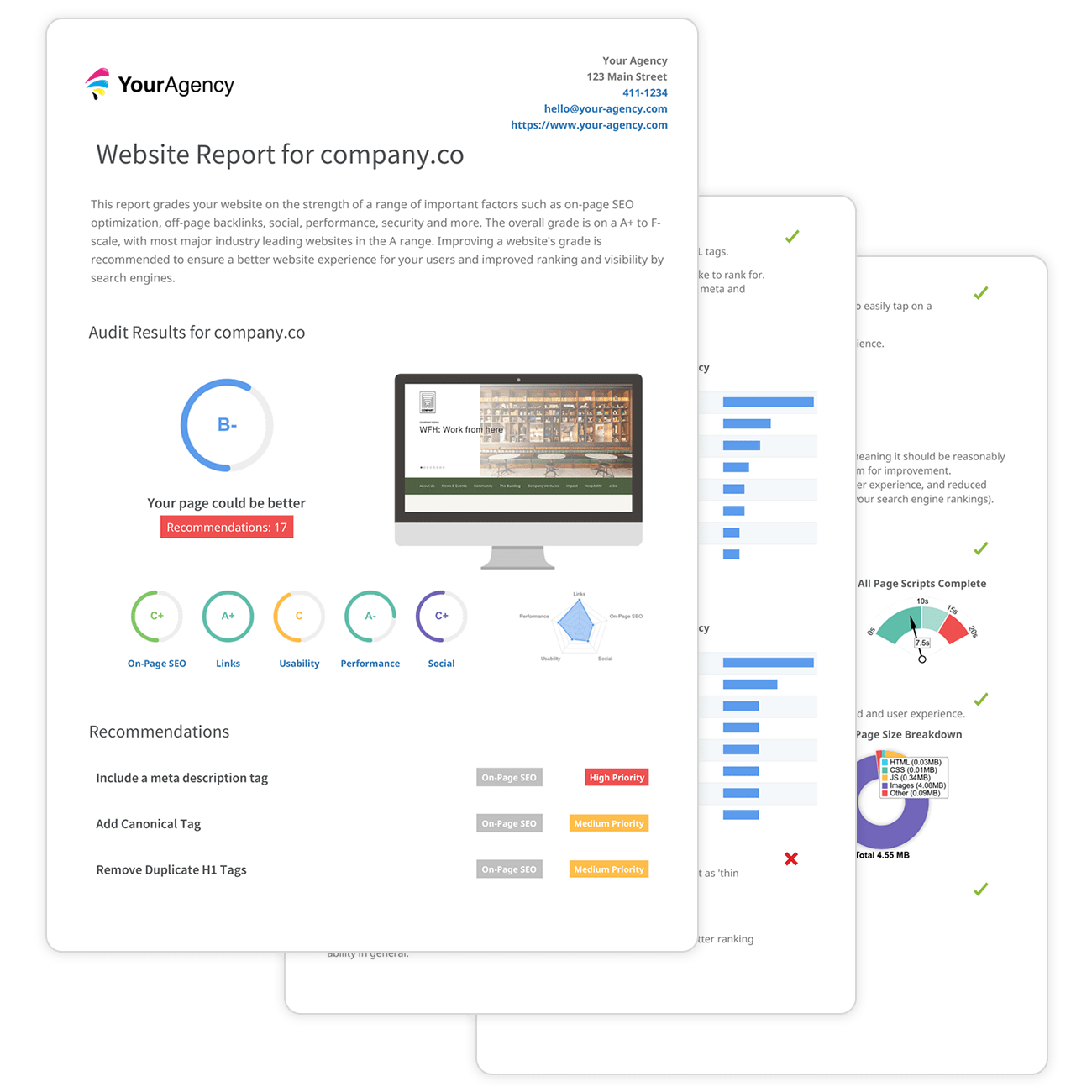Crucial Info on What Is Ruled Out a Default Medium in Google Analytics
Wiki Article
Unveiling the Unconventional Mediums in Google Analytics Beyond Default Settings
In the world of electronic analytics, Google Analytics stands as a foundation for businesses seeking to understand their online visibility. By venturing beyond the surface area and diving right into the intricacies of social media data, email campaign performance, referral web traffic resources, straight web traffic patterns, and custom-made channel collections, a treasure chest of information waits for those willing to accept a much more nuanced strategy.
Leveraging Social Network Insights
Periodically ignored, yet exceptionally beneficial, is the technique of leveraging social media sites insights within the world of Google Analytics. By incorporating data from systems like Facebook, Twitter, Instagram, and LinkedIn into Google Analytics, services can obtain a much deeper understanding of their audience and the effectiveness of their social networks campaigns.Through this assimilation, marketers can track and evaluate user habits on their site that stems from social networks systems. They can determine which social networks channels are driving one of the most traffic, which material is reverberating with the target market, and which campaigns are transforming the most leads. This understanding enables for data-driven choices to optimize social networks strategies and enhance total marketing efficiency.
Additionally, by incorporating social media insights with Google Analytics, businesses can produce a lot more targeted and individualized projects - what is not considered a default medium in google analytics. They can make use of demographic information, rate of interests, and online actions gathered from social media sites to improve their target market division and deliver tailored messages that resonate with certain consumer groups. This targeted strategy can bring about higher engagement, raised conversions, and eventually, improved roi
Uncovering Email Project Efficiency
Revealing Email Project Performance entails analyzing key metrics and efficiency indications to examine the effectiveness of e-mail advertising and marketing initiatives. When delving into email campaign efficiency, it is critical to evaluate metrics such as open rates, click-through rates, conversion prices, and unsubscribe rates. Open up rates suggest the percent of recipients that opened the e-mail, giving understanding into the performance of subject lines and sender names. Click-through rates measure the portion of receivers that clicked web links within the email, revealing interaction levels. Conversion prices track the percent of recipients who completed a desired action after clicking on a link in the e-mail, such as signing or making an acquisition up for a newsletter. Lastly, unsubscribe rates highlight the variety of recipients who pulled out of receiving additional emails, losing light on e-mail content high quality and significance. By analyzing these metrics, marketing professionals can fine-tune their email campaigns for much better interaction and efficiency.Studying Recommendation Traffic Sources
After examining the performance of e-mail campaigns via vital metrics such as open prices and conversion prices, the next vital action is assessing reference website traffic resources in Google Analytics to understand where website site visitors are originating from and just how they engage with the site. Recommendation traffic sources refer to the websites that guide individuals to your site through clickable web links. By delving right into this information, organizations can obtain insights right into which outside platforms are driving traffic to their site, whether it be social media systems, partner sites, or online directories.It helps organizations identify high-performing recommendation resources that add dramatically to site web traffic and conversions. Google Analytics supplies thorough records on reference website traffic, allowing companies to track the efficiency of each recommendation resource accurately and make data-driven decisions to enhance their on-line visibility.
Discovering Direct Web Traffic Patterns
Exploring the straight web traffic patterns in Google Analytics offers useful insights right into individual behavior and the efficiency of campaigns - what is not considered a default medium in google analytics. Straight traffic refers to try this site site visitors that arrive at a site by straight inputting the link right into their browser, making use of bookmarks, or clicking untagged links. Understanding direct traffic patterns can aid marketing experts review the effect of offline advertising initiatives, brand name acknowledgment, and the efficiency of word-of-mouth referralsBy delving into direct traffic data, organizations can uncover vital details click this site about individual intent and brand loyalty. Assessing the behavior of straight visitors, such as the web pages they visit, the moment invested in website, and the conversion rate, can provide a much deeper understanding of customer interaction and the general effectiveness of the internet site in converting visitors right into clients.
Furthermore, tracking straight traffic patterns over time permits businesses to identify trends, seasonality results, and the success of details campaigns or promotions in driving straight gos to. This details can then be utilized to refine advertising and marketing techniques, enhance web site web content, and enhance the total user experience to optimize conversions.
Using Personalized Network Groupings
Making use of custom-made network groups in Google Analytics allows organizations to classify and examine their website web traffic based on particular requirements, supplying useful insights for maximizing advertising and marketing techniques. Custom channel groups make it possible for business to create their very own tailored collections of web traffic sources, such as social networks, natural search, email campaigns, and reference web traffic. By defining these collections, organizations can acquire a much deeper understanding of just how various advertising channels add to their site traffic and conversions.This feature is particularly beneficial for services with diverse advertising and marketing methods across numerous platforms. For instance, a business running both paid and natural social media projects straight from the source can differentiate in between both to analyze their individual efficiency properly. Additionally, custom network groups can aid determine any ignored or taken too lightly web traffic sources that might be driving important involvement.
Final Thought

By venturing past the surface area and delving right into the ins and outs of social media information, e-mail campaign performance, reference web traffic sources, straight traffic patterns, and customized network groupings, a treasure trove of info awaits those prepared to embrace a more nuanced technique. They can determine which social media networks are driving the most traffic, which content is reverberating with the audience, and which projects are transforming the most leads.After assessing the efficiency of e-mail projects with crucial metrics such as open prices and conversion prices, the following essential action is examining recommendation traffic resources in Google Analytics to comprehend where internet site visitors are coming from and just how they engage with the website. Custom network groups make it possible for business to develop their own personalized collections of web traffic sources, such as social media, natural search, e-mail projects, and referral web traffic. By leveraging social media insights, uncovering e-mail project performance, analyzing recommendation traffic resources, discovering direct website traffic patterns, and utilizing custom network groups, marketing professionals can obtain valuable insights right into their on the internet existence.
Report this wiki page